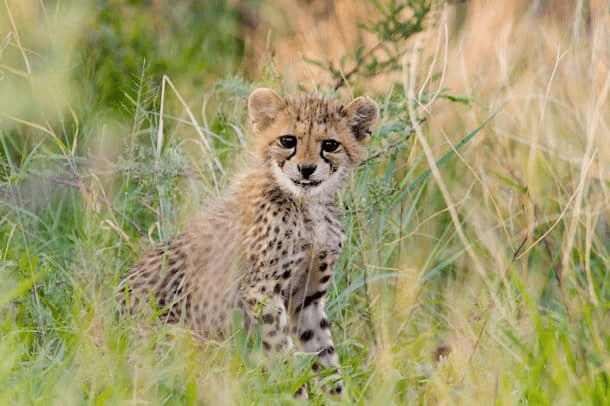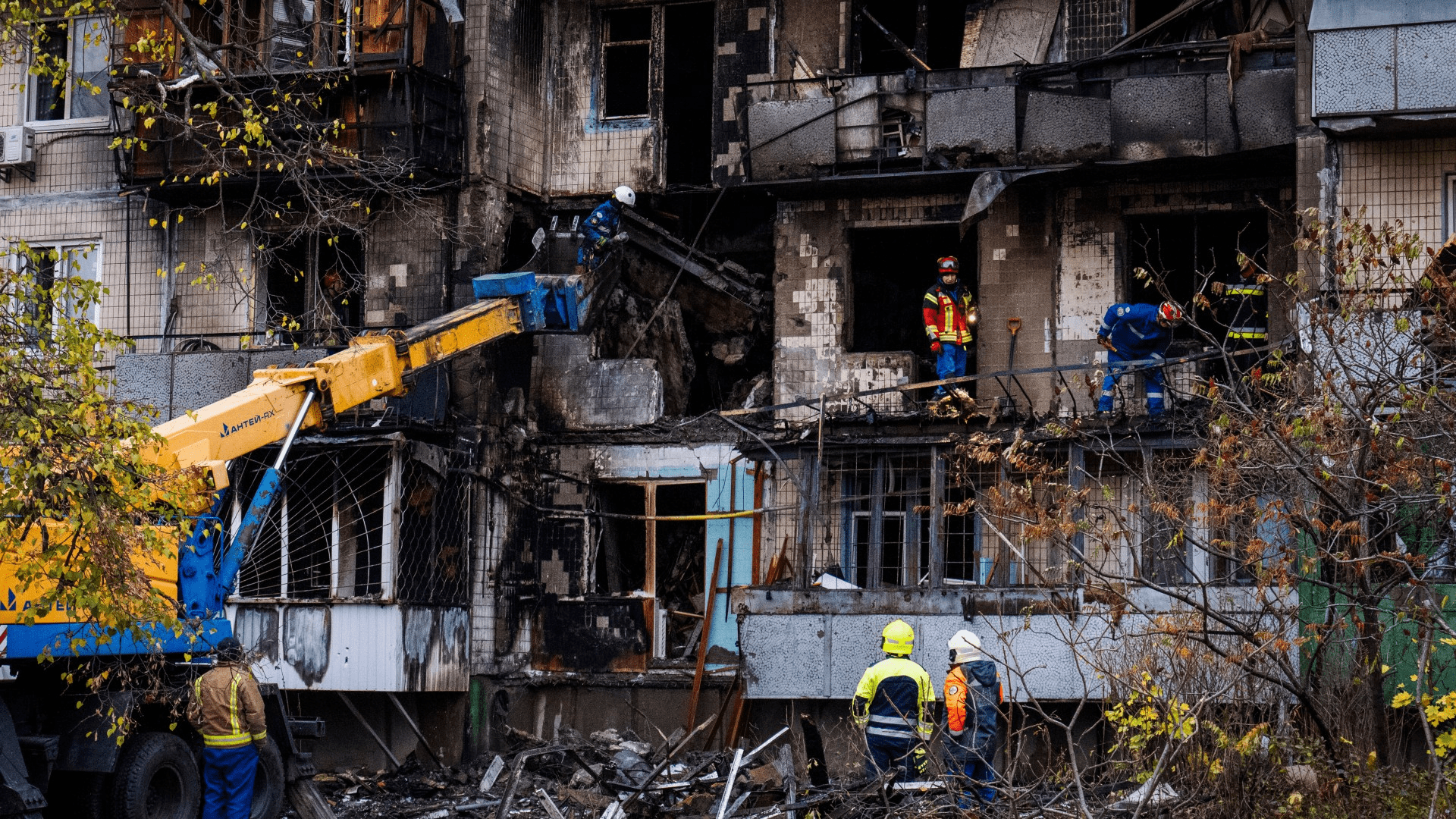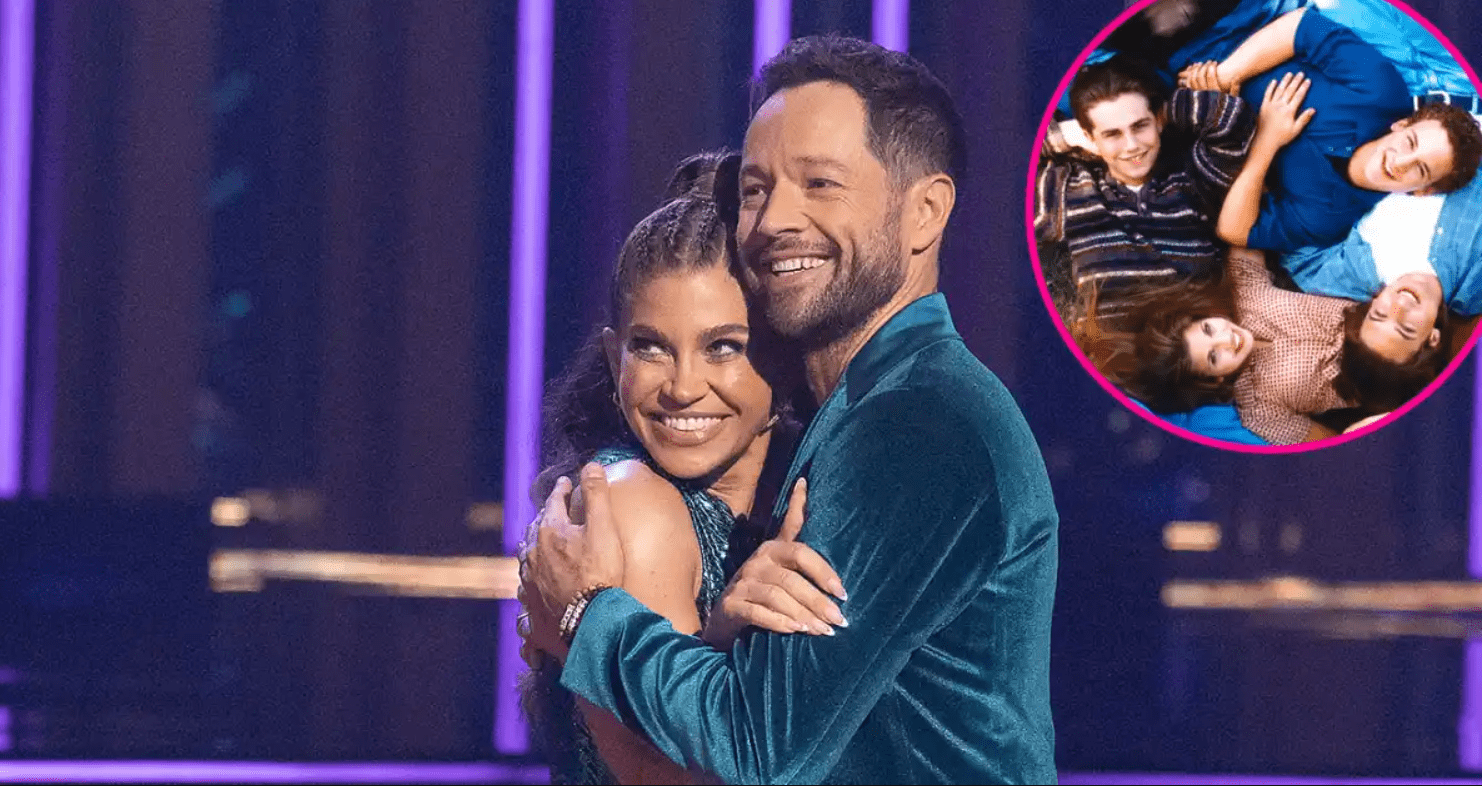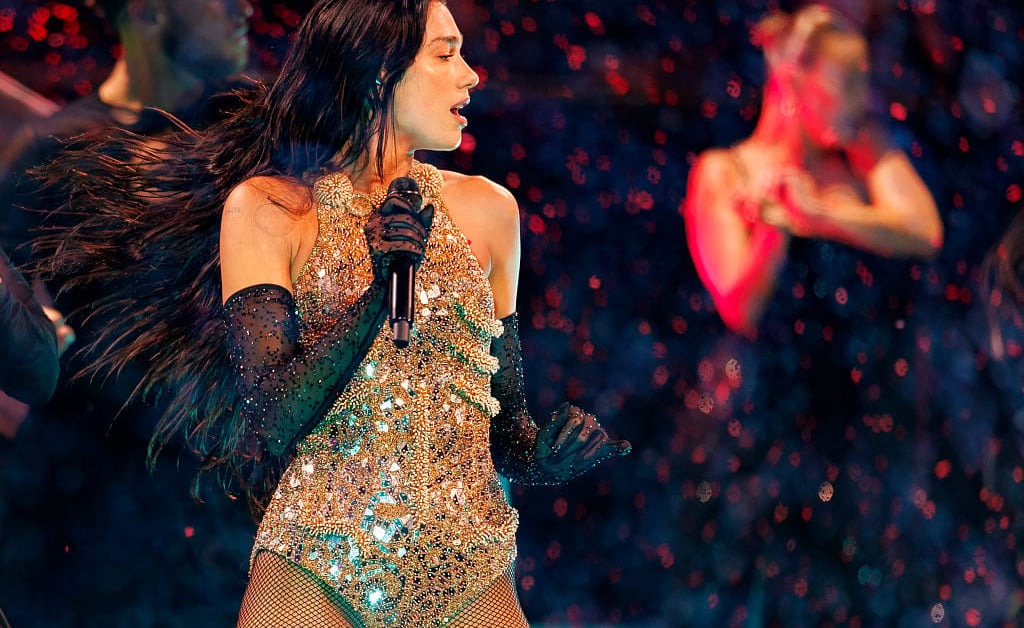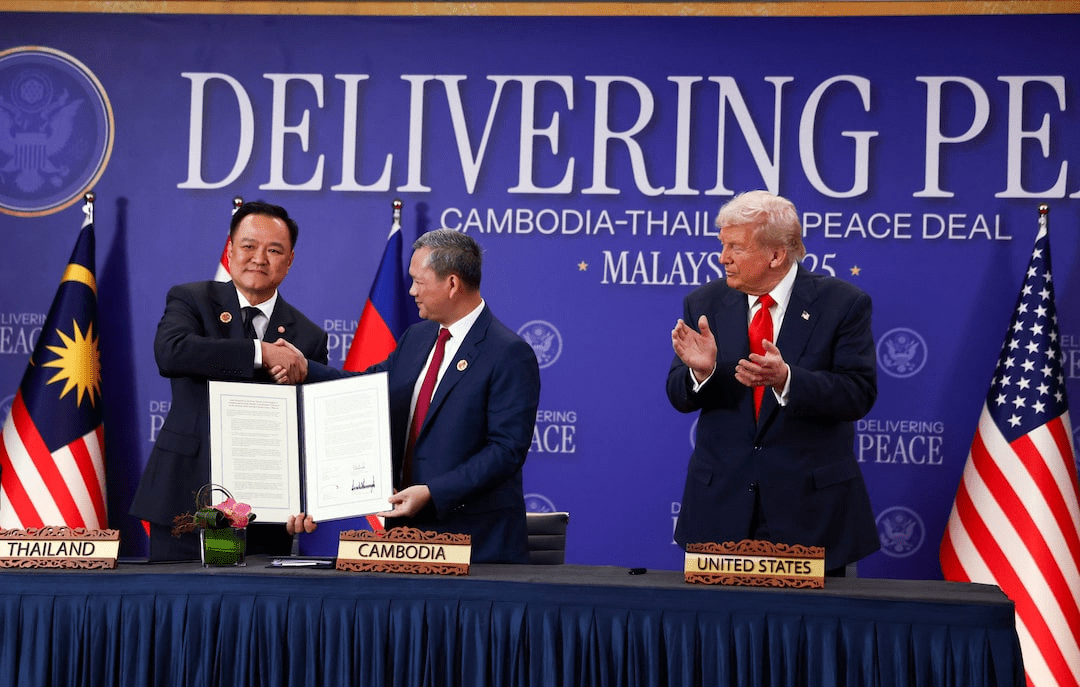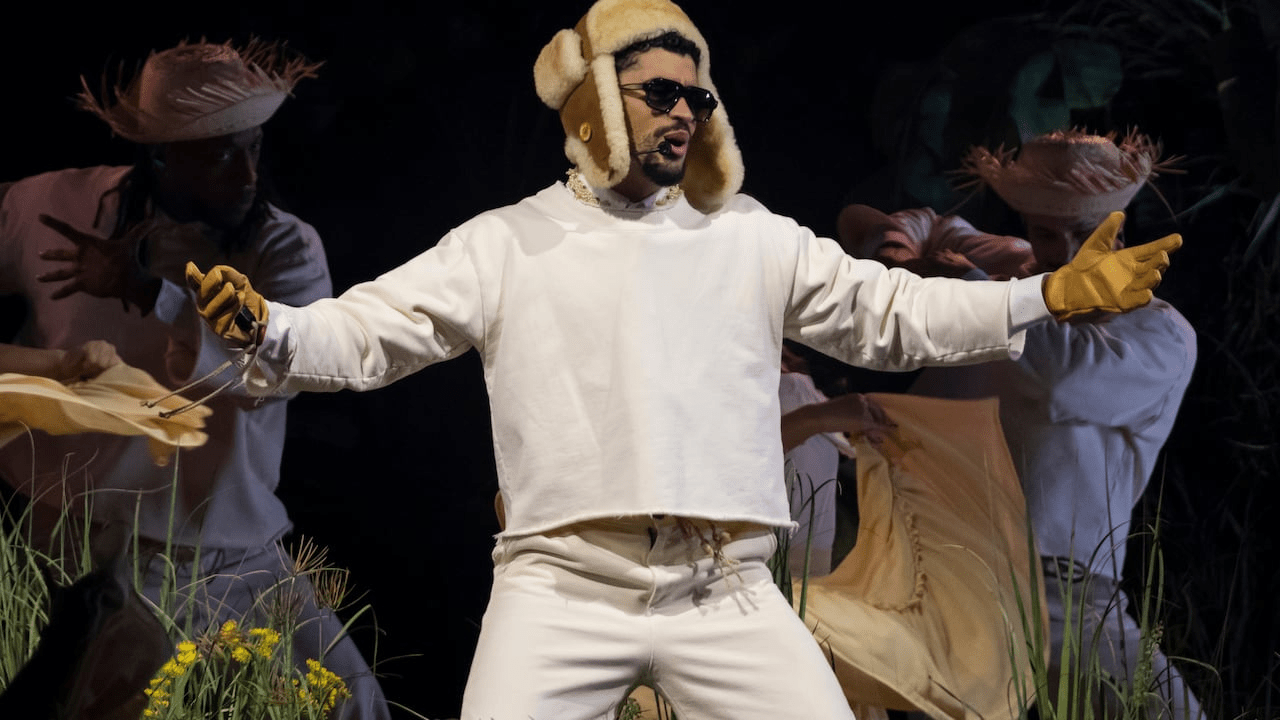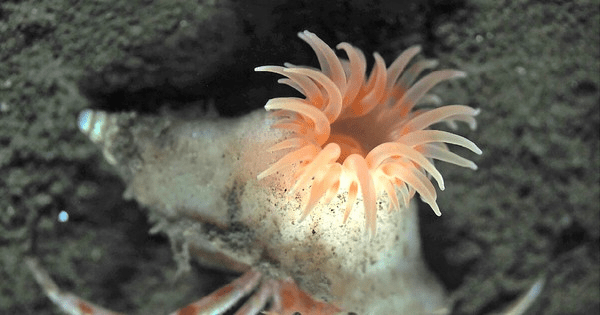Rescue in the savannah
Wildlife rangers in Kenya have stepped in to hand-feed and monitor an orphaned cheetah cub after its mother was killed by a lion in the Maasai Mara, the BBC reported Sunday. The cub — still too young to hunt or evade hyenas — is being kept under close watch in open grassland rather than moved to a cage or city zoo. Rangers say that approach gives the animal a better shot at learning natural behavior while still surviving long enough to reach independence. They are rotating guards to keep poachers and tourist vehicles at a distance, and using limited bottle-feeding so the cub does not fully imprint on humans. Conservation officers describe it as a “light-touch” intervention. They argue doing nothing would almost certainly mean a slow death by predation or starvation.
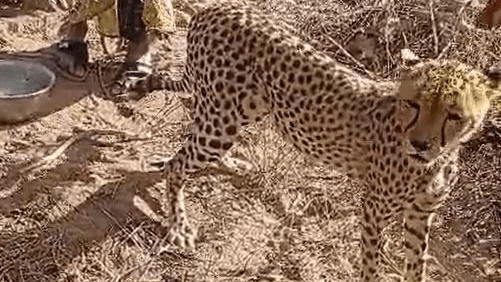
Tourism money, climate stress and ethics
The case has triggered a familiar argument in East African conservation: when is intervention protection, and when is it domestication? Cheetah numbers across East Africa have fallen for years under pressure from habitat loss, illegal wildlife trade and shifting rainfall. Guides in the Mara say longer dry spells and patchy grazing push lions and cheetahs into tighter contact, raising the odds of deadly encounters. At the same time, Kenya’s safari economy depends on living predators that tourists can photograph. That creates pressure on rangers to “save” high-profile animals, especially cubs, because a charismatic survival story can translate into future bookings and community revenue. Critics warn that too much hands-on caretaking can create semi-wild show animals that rely on people, blurring the line between conservation and marketing. For now, wardens say they plan to monitor the cub in the field, gradually cut human contact and release it fully once it can stalk prey on its own. They admit there is no perfect answer. The choice is between a risky, human-managed wild life — or nearly certain death.

 TPW DESK
TPW DESK 